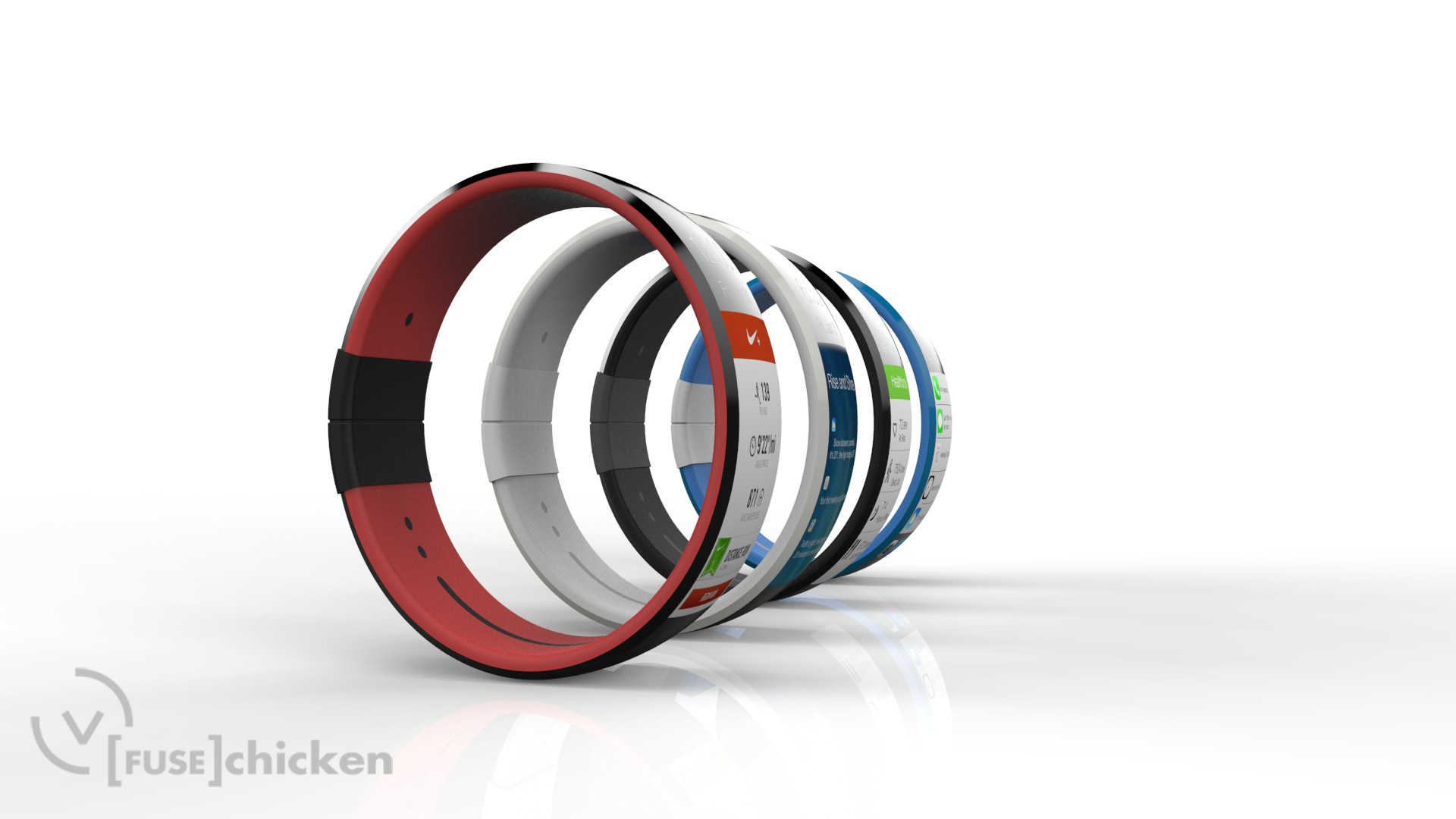
HTC is set to unveil its next-generation flagship phone, and all indications are that it will continue what it has accomplished with last year’s HTC One, but with some tweaks and enhancements to push things forward. A new leaked image from @evleaks today reveals that the new One could be very similar indeed to the old One on the outside, albeit with improvements to the camera system.
The press shot depicts an HTC One that looks like the aluminum device HTC released last year, but with a gold tint (it’s said to be launching in gold, silver and gray). Also noteworthy are the twin camera lenses on the back of the device, which include the larger primary one found on current models and the smaller one at the top of the case. There’s also a dual LED flash next to the main lens, which you might recognize from the similar setup on Apple’s own iPhone 5s, and more rounded corners, plus what looks like a wraparound metallic bezel, as compared to the plastic edging on the existing HTC One.
Rumors suggest that the new One will have dual camera sensors, to offer focus that can be changed after the fact and selective deletion of objects from photos, which explains the twin lenses. Based on what’s been making the rounds so far, HTC will be focusing on camera quality this time around, in a bid to give it something that clearly differentiates it from other Android OEMs.
Another feature of this leak is the prominence of HTC’s Sense UI on the home screen, where it seems to take over entirely. The interface resembles Windows Phone 8′s UI to some extent, with information pulled from feeds displayed on live tiles, which extend behind the Android home icon dock.
Personally, I’m excited to see what HTC comes up with to follow the extremely solid HTC One. It’s still among my favorite Android phones, right up there with the Nexus 5. My only concern is that HTC takes its positive critical reception as an excuse to coast this time around – that’s bound to fail in the highly competitive Android smartphone market, regardless of how good the original was.

















 We’re told the CuffLinc doesn’t need to be charged and has to be replaced once a year. Cuff also plans to license CuffLinc to other fashion retailers and designers so they can potentially build around the technology.
We’re told the CuffLinc doesn’t need to be charged and has to be replaced once a year. Cuff also plans to license CuffLinc to other fashion retailers and designers so they can potentially build around the technology.
